The tradition of oyster fishing in southeastern Louisiana has a direct connection to Croatian immigrants dating back more than a century. But oyster farming in the coastal bays of Louisiana is very different from how it’s done along the Adriatic Sea.
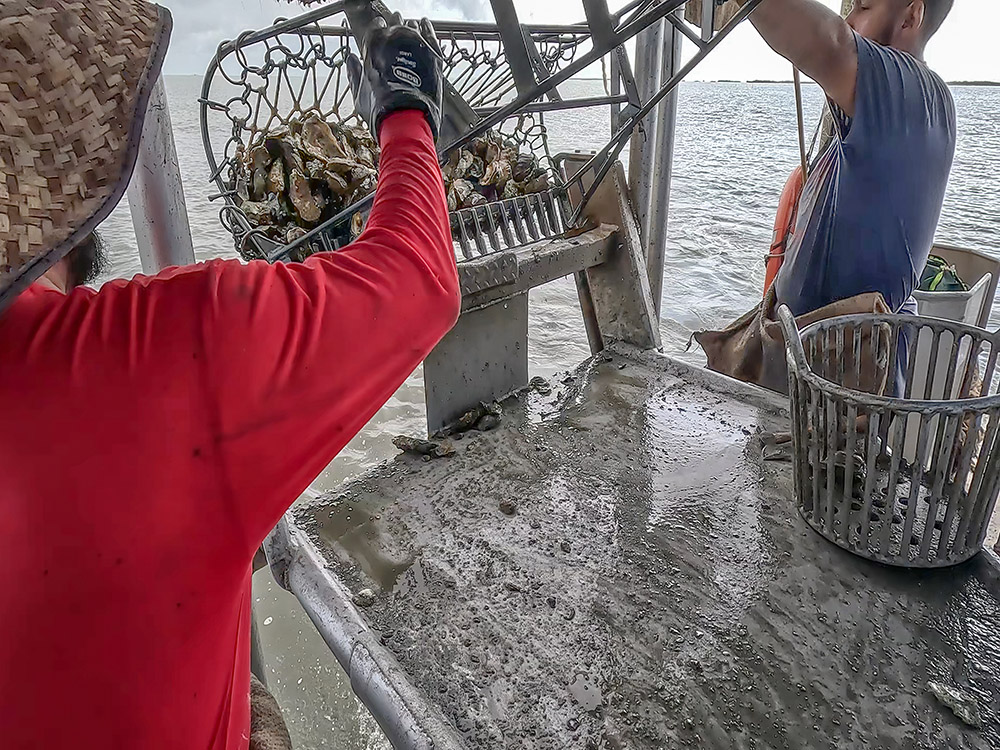
Nathan Jurisich continues a family tradition that dates back four generations. His great-grandparents came to southeastern Louisiana in the late 1800’s from Croatia and have always harvested oysters. But farming oysters in Croatia is different. Instead of the sediment-filled brown water of coastal Louisiana bays, Croatian oyster farms are located in the clear turquois-blue water of the Adriatic Sea.
Louisiana oyster farming differs from croatia
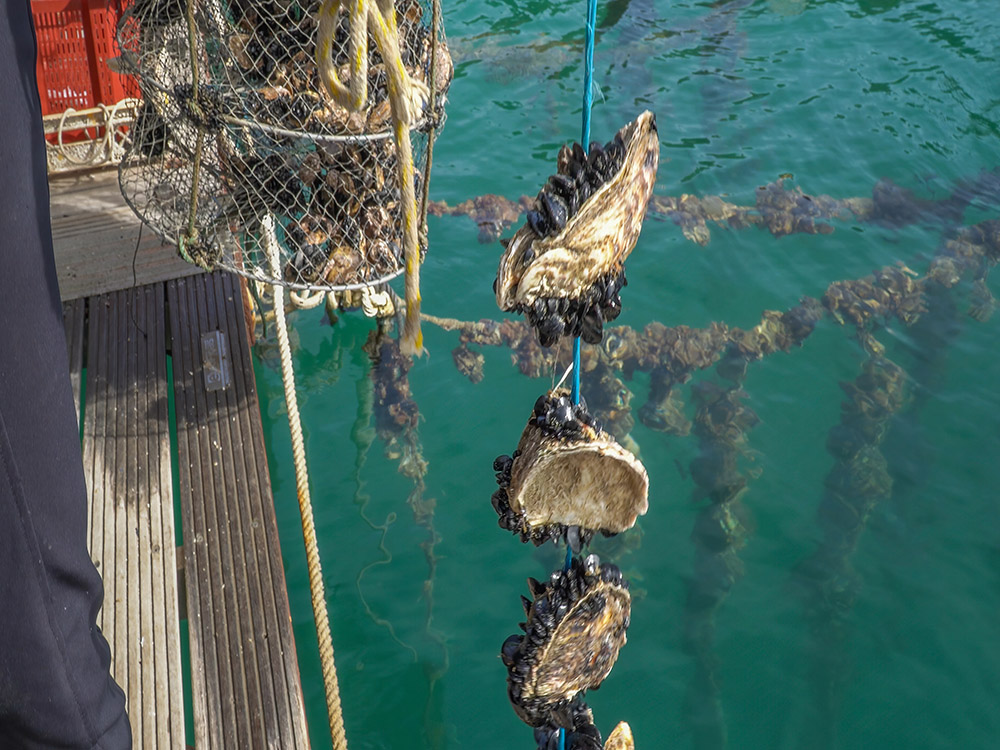
The oyster seeds attach themselves to strings that hang a few feet below the water’s surface. The changing levels of salinity in the seawater dictate the depth of the oyster strings. Louisiana oysters grow on the bottom of shallow coastal bays. Jurisich has a crew of four workers on his oyster boat. Dredges dropped from each side of the boat scrape oysters from the water bottom. Workers short through the baskets of oysters in a routine that repeats itself every few minutes.
Original settlements are gone
Louisiana’s Croatian immigrants originally built their fishing camps on pilings on the edge of coastal bays. But hurricanes have destroyed all of those fishing communities. Only the pilings remain today in the open water of the bay.



An old world look to oyster farming in croatia

Part of the old city of Dubrovnik, Croatia on Adriatic Sea
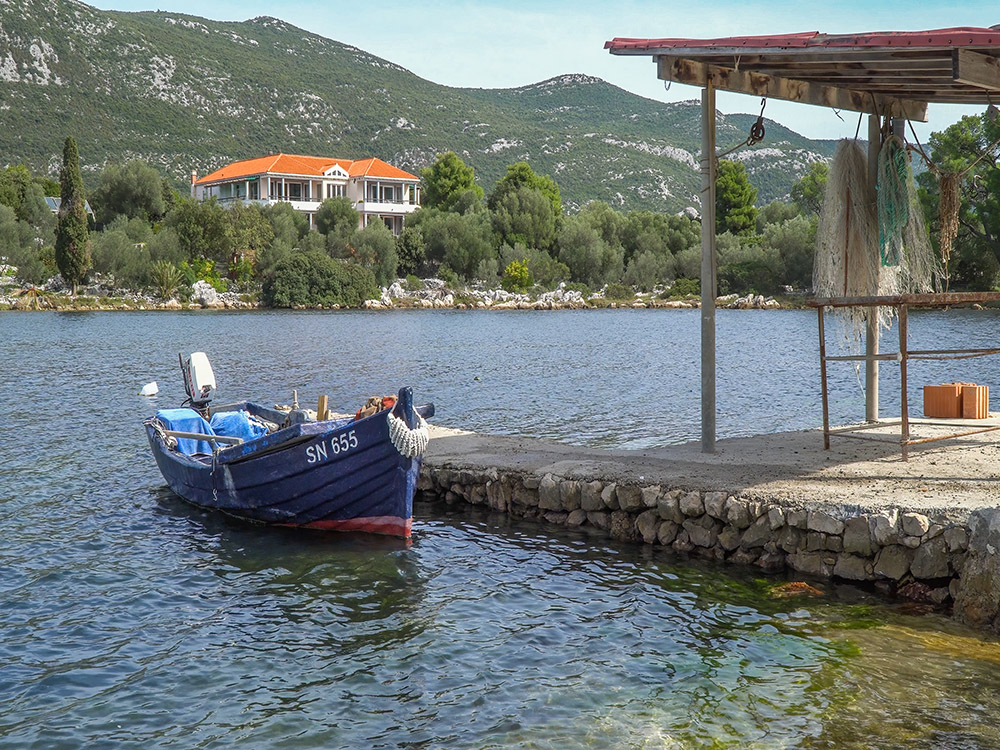
The ancient walled city of Mali Ston is also home to some of Croatia’s oyster farms. Oysters grow on strings that hang from floats in the bay.
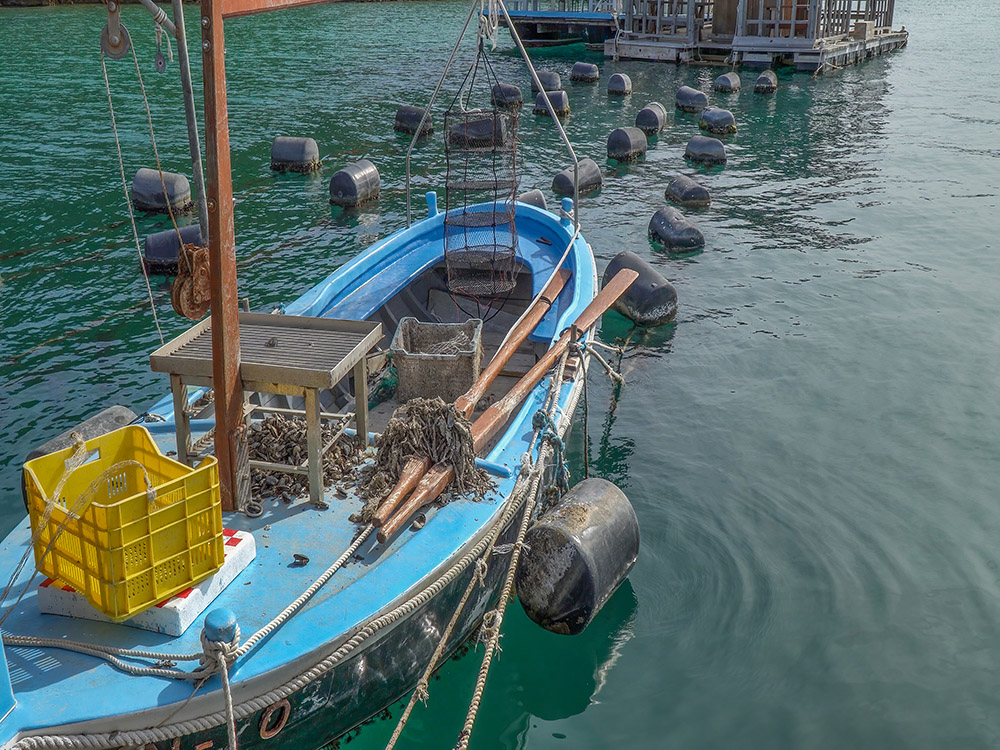
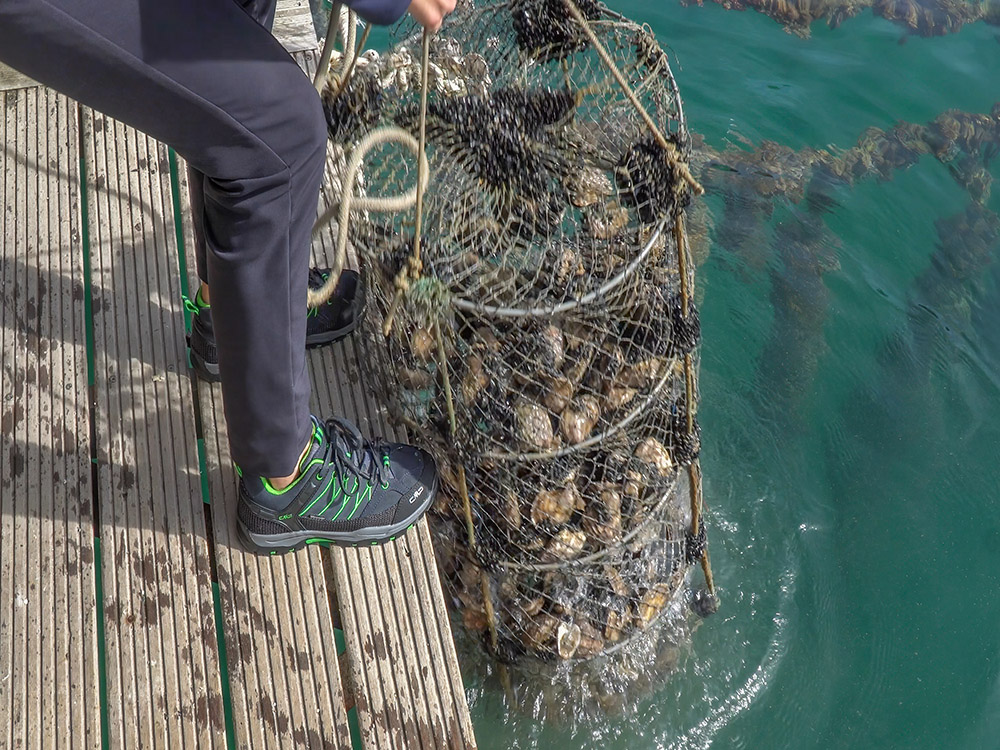
Louisiana and croatian oysters featured on tv
Historic Plaquemines Parish
music, and all niches in between.

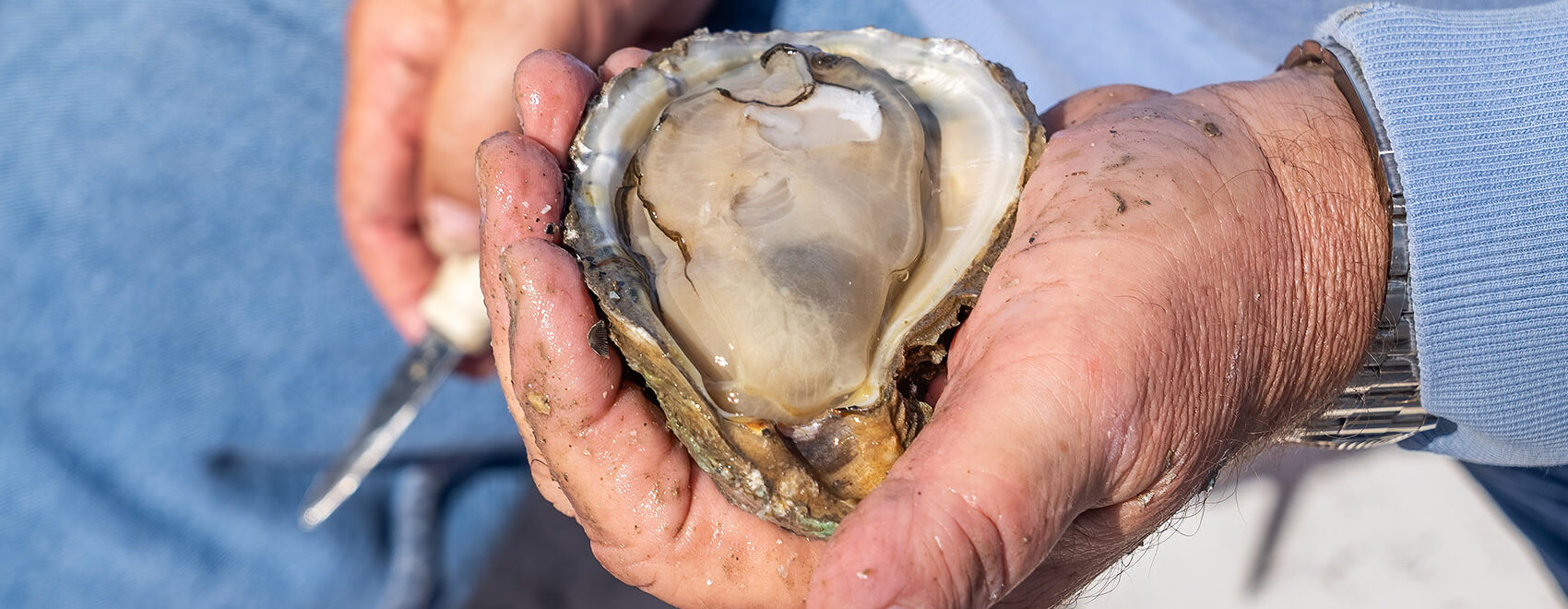

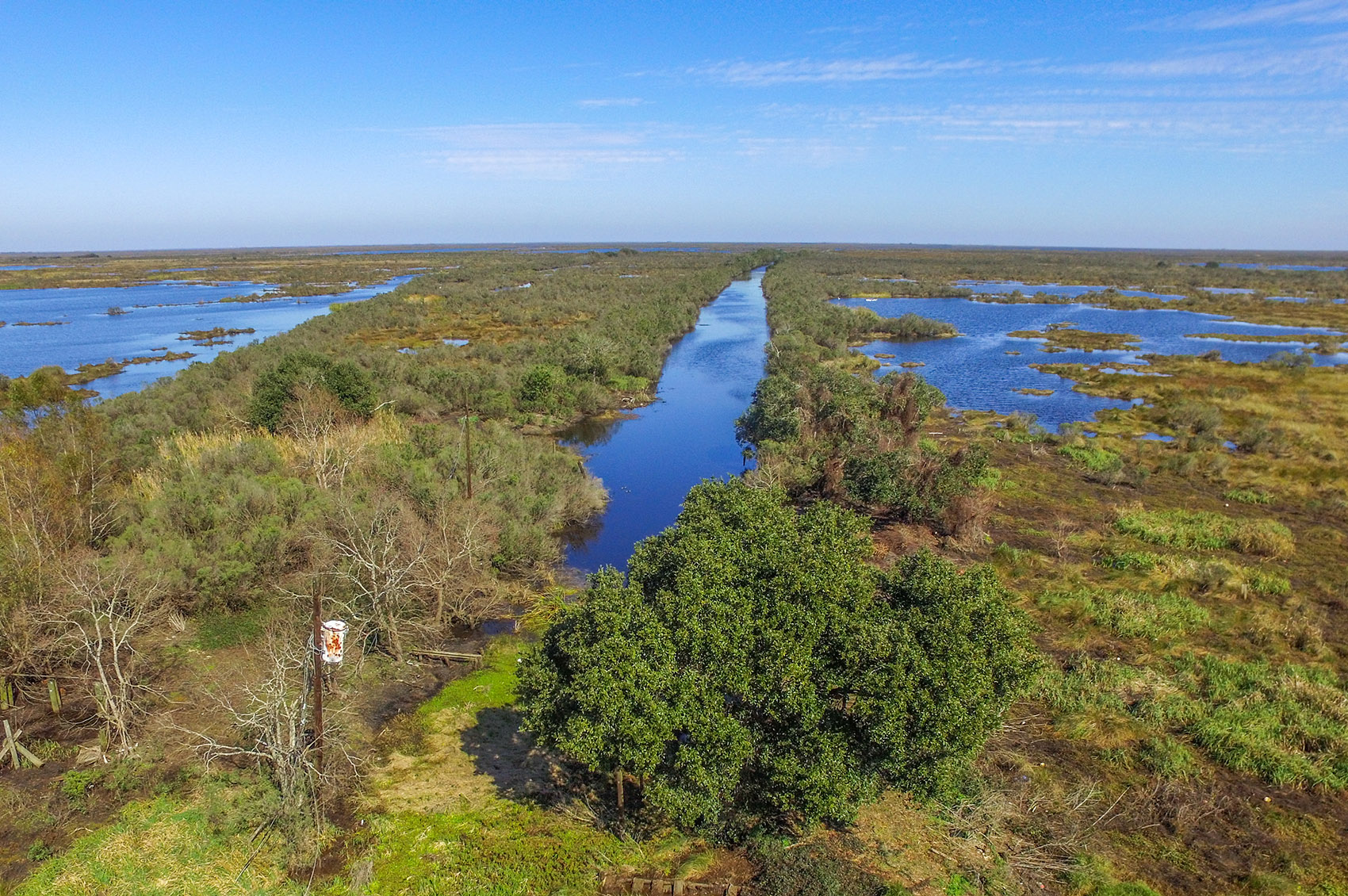
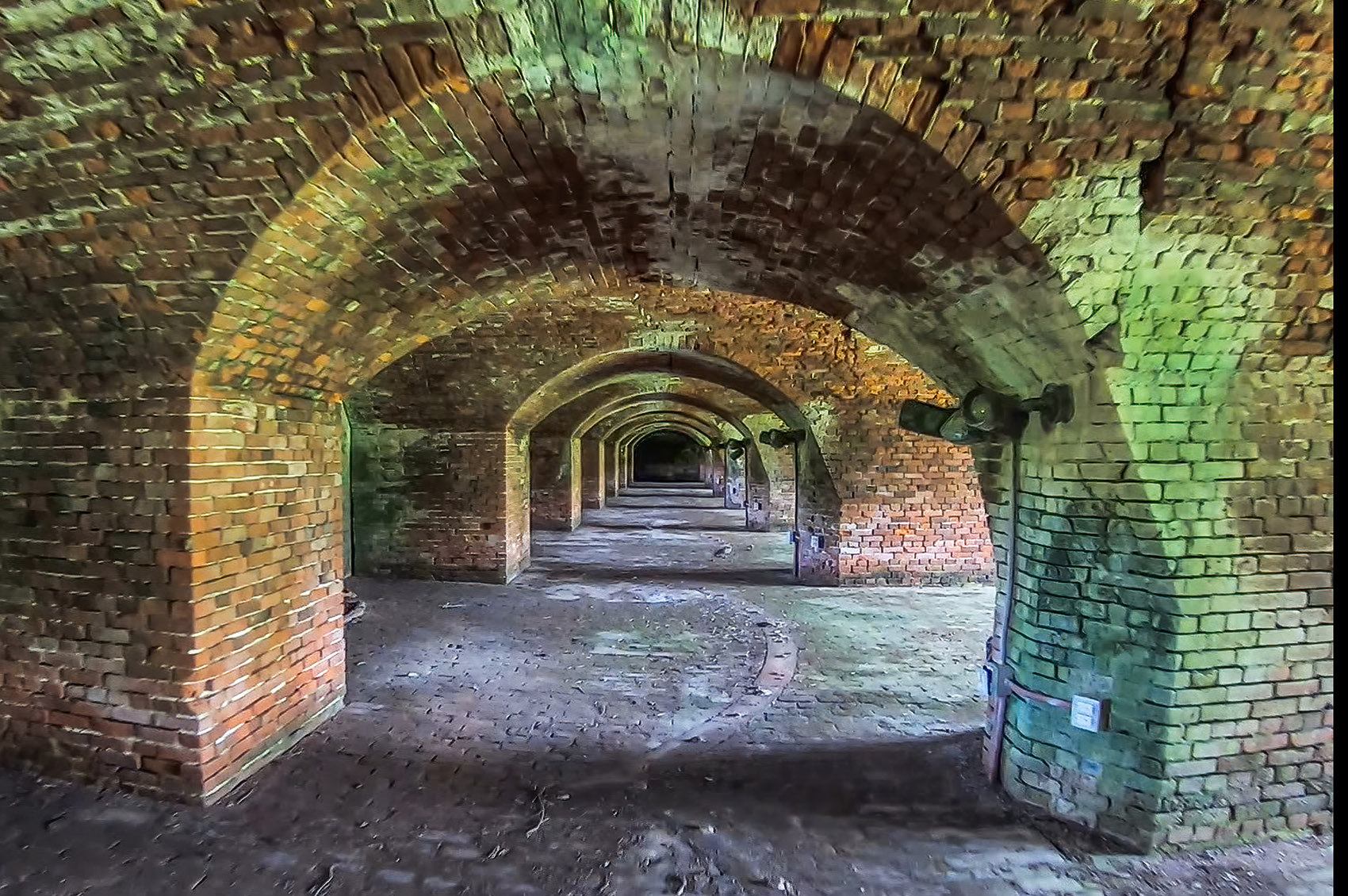
Leave a Reply